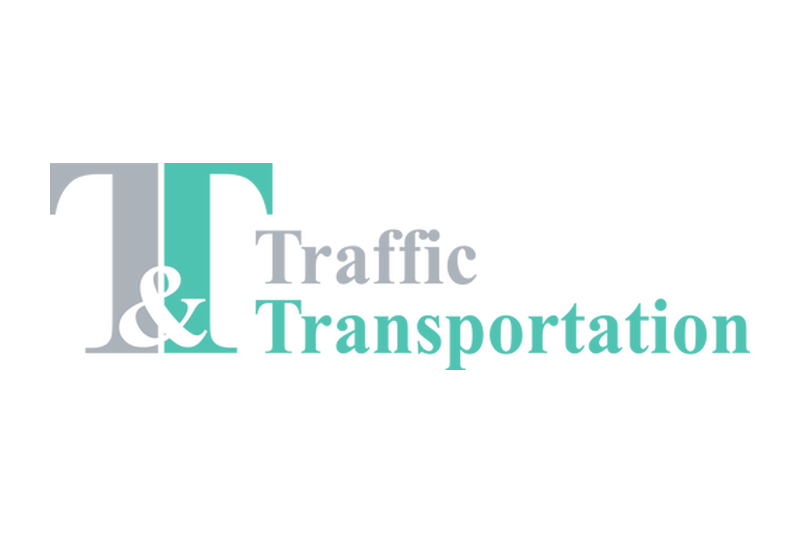Promet - Traffic & Transportation Journal
Pioneering the future of mobility
Welcome to the world of Promet - Traffic&Transportation, where we delve into shaping the future of traffic and transportation through innovation and research. Our platform is dedicated to uncovering the latest insights, trends, and technological advancements impacting transportation systems worldwide.
Through an interdisciplinary approach, we explore how intelligent technologies, sustainable solutions, and transportation planning collectively shape the path towards safer, more efficient, and sustainable traffic and transportation systems.
Welcome to Promet - Traffic&Transportation, where we explore shaping the future of traffic and transportation through innovation and research. Discover the latest insights and technological advancements influencing transportation systems worldwide, aiming for safer, more efficient, and sustainable solutions.
Open Access
We truly believe in knowledge without boundaries!
Journal's metrics
WoS: IF 0.8 (2023)
JCR: Q4 (Transportation Science & Technology)
Scopus: Citescore 1.9 (2023)
SJR: Q2 (Engineering)
Latest Issue
Browse through the selection of our newest research
Current Special Issue Call
Rethinking the European Railway System
Guest Editors: Armando Carrillo Zanuy, PhD; Juan de Dios Sanz Bobi, PhD
Editor: Borna Abramović, PhD
Deadline: September 10, 2025
The European railway system has played a pivotal role in shaping the continent’s economic integration, cultural exchange, and sustainable mobility solutions. However, this system now faces unprecedented challenges, including climate change imperatives, digital transformation, and the need for revitalised cross-border connectivity.
Addressing funding mechanisms and harmonising regulatory and operational standards are equally vital to achieving seamless cross-border mobility. The current lack of coordination among national rail systems creates significant barriers to forming an interconnected seamless European rail network, underscoring the urgency of developing solutions for improved interoperability, technical standardisation, increased safety, passenger experiences, active participation in supply chain management, unified organisation, and aligned policy frameworks.
This call for papers seeks innovative approaches to rethinking European railways' governance, technology, and infrastructure in the context of 21st-century demands. Original research papers and reviews are welcome.
Stay Focused
Read about the latest news in the T&T landscape
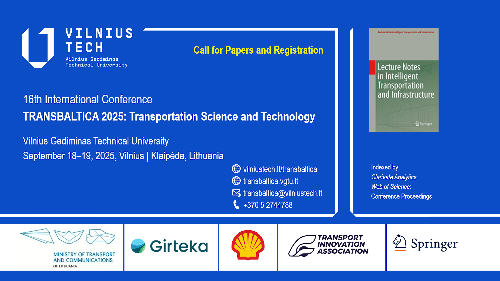
16th International Scientific Conference TRANSBALTICA 2025: Transportation Science and Technology
Vilnius Gediminas Technical University – VILNIUS TECH (Vilnius, Lithuania) has the pleasure of inviting You to join the 16th International Scientific Conference TRANSBALTICA 2025: Transportation Science and Technology.
The Conference will be held on September 18–19, 2025. The Conference aims to overview relevant issues of the transport system, present research results and exchange scientific expertise.
Read more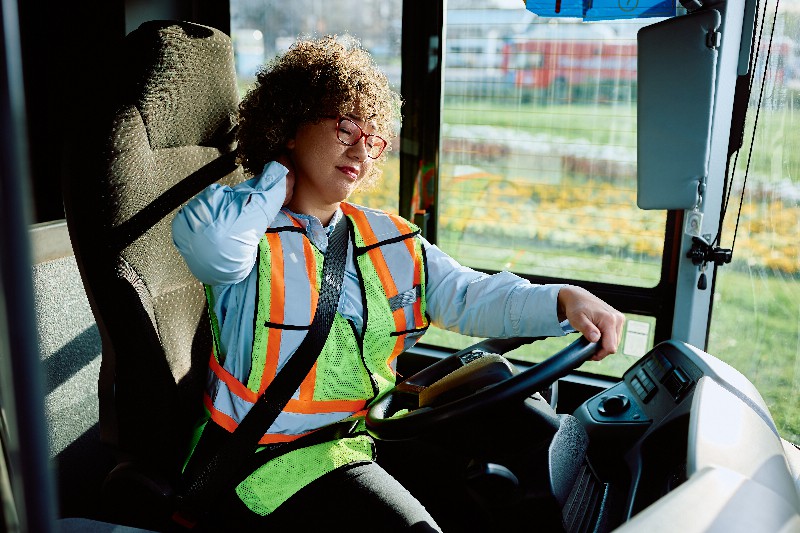
10th International Ergonomics Conference - ERGONOMICS 2024
It is with great pleasure that we invite you to participate in the 10th International Ergonomics Conference - ERGONOMICS 2024, which will be held from December 5th to 6th, 2024 in Zagreb, Hotel International.
Read more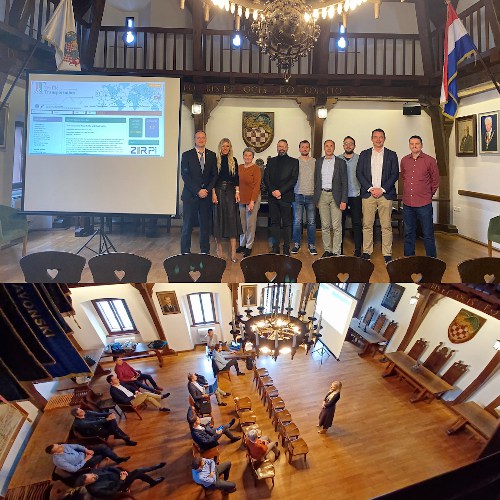
Workshop - improving the publication process and developing the support system for the journal
Editorial Board meeting of the Promet – Traffic&Transportation journal took place on May 16th, 2023 as a workshop aimed at improving the publication process and developing the support system for the journal under the leadership of the Editor-in-Chief, Assoc. Prof. Ivona Bajor, PhD.
Read more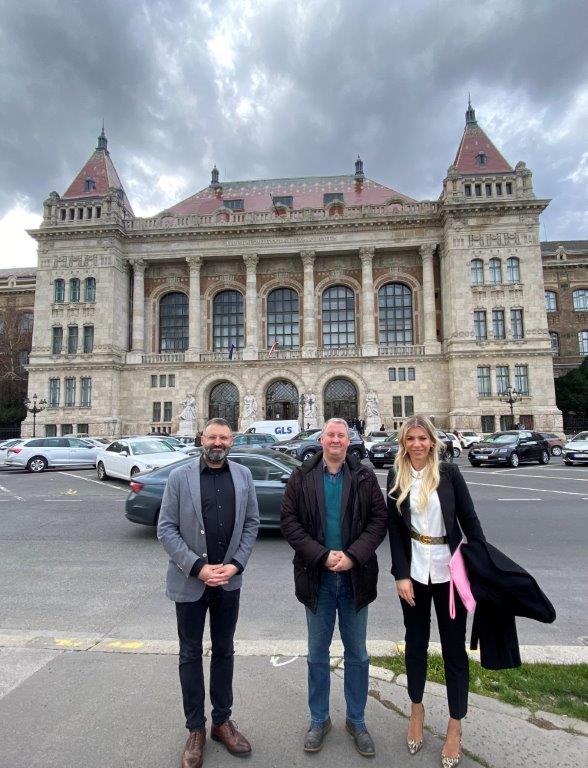
Cooperation between Faculty of Transportation Engineering and Vehicle Engineering, Budapest and journal Promet – Traffic & Transportation
On March 9, 2023, Editor-in-Chief Ivona Bajor and Assistant Editor-in-Chief, Luka Novačko met with long-term partners of the scientific journal Promet – Traffic & Transportation, representatives of the Budapest University of Technology and Economics, Faculty of Transportation Engineering and Vehicle Engineering, Vice-Dean for science and international cooperation Dr. Adam Torok and Dr. Tibor Šipoš.
Read more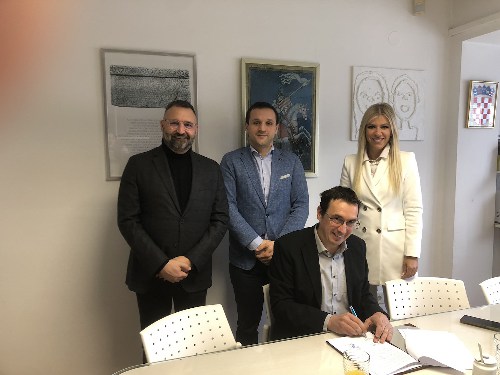
Faculty of Logistics signed a co-publishing agreement
On December 21, 2022, the Faculty of Transport and Traffic Sciences, as the publisher of the scientific journal Promet-Traffic&Transportation and the University of Maribor, Faculty of Logistics signed a co-publishing agreement
Read more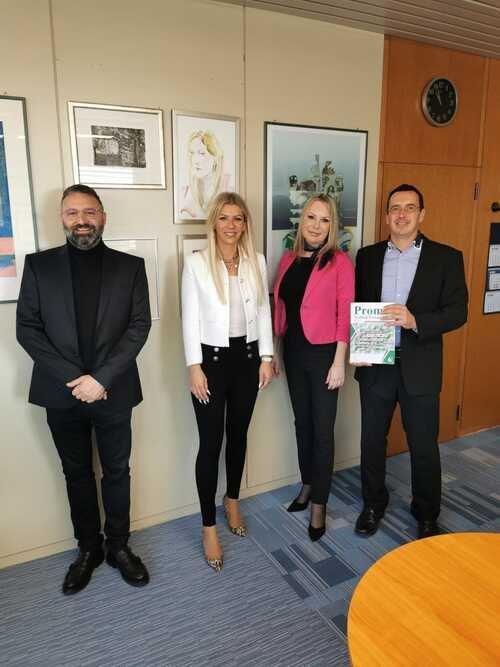
Suradnja vezana uz izdavanje međunarodnog časopisa Promet – Traffic&Transportation
Prošlog tjedna održao se sastanak u Celju kojem su prisustvovali glavna urednica časopisa Promet – Traffic and Transportation, doc. dr. sc. Ivona Bajor i zamjenik glavne urednice izv. prof. dr. sc. Luka Novačko sa predstavnicima Univerze v Mariboru, Fakulteta za logistiko, dekanicom Majom Fošner i prodekanom za financije Andrejem Lisecom.
Read moreEditor's Choice Papers
Explore the selection of scientific papers handpicked by the editor
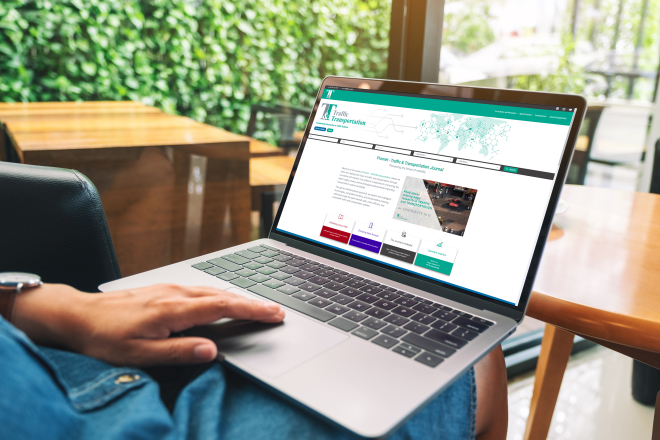
Emma Strömblad, Lena Winslott Hiselius, Lena Smidfelt Rosqvist, Helena Svensson
In search for measures to reduce greenhouse gas emissions from transport, insights into the characteristics of all sorts of trips and specifically trips by car are needed. This paper focuses on everyday leisure trips for social and recreational purposes. Travel behaviour for these purposes is analysed considering individual and household factors as well as properties of the trip, based on Swedish national travel survey data. The analysis reveals that everyday leisure trips are often of joint character and that the average distance travelled per person and day increases with, for example, income, cohabitation, children in the household and residence in rural areas. The result also shows that the studied characteristics vary between studied trip purposes, influencing the sustainability potential of a reduction in car use and suggested measures. For instance, the largest share of passenger mileage comes from social trips, whereas trips for exercise and outdoor life have the largest share of car trips below 5 km. Several characteristics indicate difficulties in transferring trips by car to, for example, bicycle or public transport due to convenience, economy, start times, company etc. The study indicates that there is a need to take a broader view of the effective potential.
2022 (Vol 34), Issue 4
Pavle Bugarčić, Nenad Jevtić, Marija Malnar
Vehicular and flying ad hoc networks (VANETs and FANETs) are becoming increasingly important with the development of smart cities and intelligent transportation systems (ITSs). The high mobility of nodes in these networks leads to frequent link breaks, which complicates the discovery of optimal route from source to destination and degrades network performance. One way to overcome this problem is to use machine learning (ML) in the routing process, and the most promising among different ML types is reinforcement learning (RL). Although there are several surveys on RL-based routing protocols for VANETs and FANETs, an important issue of integrating RL with well-established modern technologies, such as software-defined networking (SDN) or blockchain, has not been adequately addressed, especially when used in complex ITSs. In this paper, we focus on performing a comprehensive categorisation of RL-based routing protocols for both network types, having in mind their simultaneous use and the inclusion with other technologies. A detailed comparative analysis of protocols is carried out based on different factors that influence the reward function in RL and the consequences they have on network performance. Also, the key advantages and limitations of RL-based routing are discussed in detail.
2022 (Vol 34), Issue 6
Laura Eboli, Maria Grazia Bellizzi, Gabriella Mazzulla
Evaluating air transport service quality is fundamen-tal to ensure acceptable quality standards for users and improve the services offered to passengers and tourists. In the transportation literature there is a wide range of studies about the evaluation of public transport service quality based on passengers’ perceptions; however, more recently, the evaluation of air transport service quality is becoming a relevant issue. Evaluating service quality in air transport sector represents a more stimulating chal-lenge, given the complexity of air transport system in re-gards to the other systems; in fact, air transport service is characterised by a great variety of service aspects relat-ing to services offered by the airlines and provided by the companies managing airports. The complexity of such a service requires a deep investigation on the methods adopted for collecting and analysing the data regarding passengers’ perceptions. We propose this paper just for treating these interesting aspects and to provide an ex-haustive literature review of the studies analysing ser-vice quality from the passengers’ point of view, where the opinions of the passengers are collected by the Customer Satisfaction Surveys (CSS). We decided to select papers published within the last decade (2010–2020) in journals indexed in important databases such as Scopus and WoS.
2022 (Vol 34), Issue 2
Snežana Tadić, Mladen Krstić, Milovan Kovač, Nikolina Brnjac
The negative effects of goods flows realisation are most visible in urban areas as the places of the greatest concentration of economic and social activities. The main goals of this article were to identify the applicable Industry 4.0 technologies for performing various city logistics (CL) operations, establish smart sustainable CL solutions (SSCL) and rank them in order to identify those which will serve as the base points for future plans and strategies for the development of smart cities. This kind of problem requires involvement of multiple stakeholders with their opposing goals and interests, and thus multiple criteria. For solving it, this article proposed a novel hybrid multi-criteria decision-making (MCDM) model, based on BWM (Best-Worst Method) and CODAS (COmbinative Distance-based ASsessment) methods in grey environment. The results of the model application imply that the potentially best SSCL solution is based on the combination of the concepts of micro-consolidation centres and autonomous vehicles with the support of artificial intelligence and Internet of Things technologies. The main contributions of the article are the definition of original SSCLs, the creation of a framework and definition of criteria for their evaluation and the development of a novel hybrid MCDM model.
2022 (Vol 34), Issue 5
Marko Orošnjak, Mitar Jocanović, Branka Gvozdenac-Urošević, Dragoljub Šević, Ljubica Duđak, Velibor Karanović
The research on Bus Fleet Management (BFM) has undergone significant changes. It is unclear whether these changes are accepted as technological change or as a paradigm shift. Perhaps unintentionally, BFM is still perceived as routing and scheduling by some, and by others as maintenance and replacement strategy. Therefore, the authors conducted a Systematic Literature Review (SLR) to overview the existing concepts and school of thoughts about how stakeholders perceive the BFM. The SLR post-study exposed that BFM should be acknowledged as a multi-realm system rather than a uniform dimension of fulfilling timely service. Nonetheless, the work encapsulates BFM evolution which shows the need for the multi-realm research abstracted as "Bus Fleet Mobility Management" and "Bus Fleet Asset Management". The difficulties of transport agencies and their ability to switch from conventional to Zero-Emission Buses (ZEBs) illustrates why we propose such an agenda, by which the research is validated through needs both in academia and in practice.
2020 (Vol 32), Issue 6
Ying Chen, Zhigang Du, Zehao Jiang, Congjian Liu, Xuefeng Chen
For urban extra-long underwater tunnels, the obstacle space formed by the tunnel walls on both sides has an impact on the driver's driving. The aim of this study is to investigate the shy away characteristics of drivers in urban extra-long underwater tunnels. Using trajectory offset and speed data obtained from real vehicle tests, the driving behaviour at different lanes of an urban extra-long underwater tunnel was investigated, and a theory of shy away effects and indicators of sidewall shy away deviation for quantitative analysis were proposed. The results show that the left-hand lane has the largest offset and driving speed from the sidewall compared to the other two lanes. In the centre lane there is a large fluctuation in the amount of deflection per 50 seconds of driving, increasing the risk of two-lane collisions. When the lateral clearances are increased from 0.5 m to 2.19 m on the left and 1.29 m on the right, the safety needs of drivers can be better met. The results of this study have implications for improving traffic safety in urban extra-long underwater tunnels and for the improvement of tunnel traffic safety facilities.
2023 (Vol 35), Issue 4









